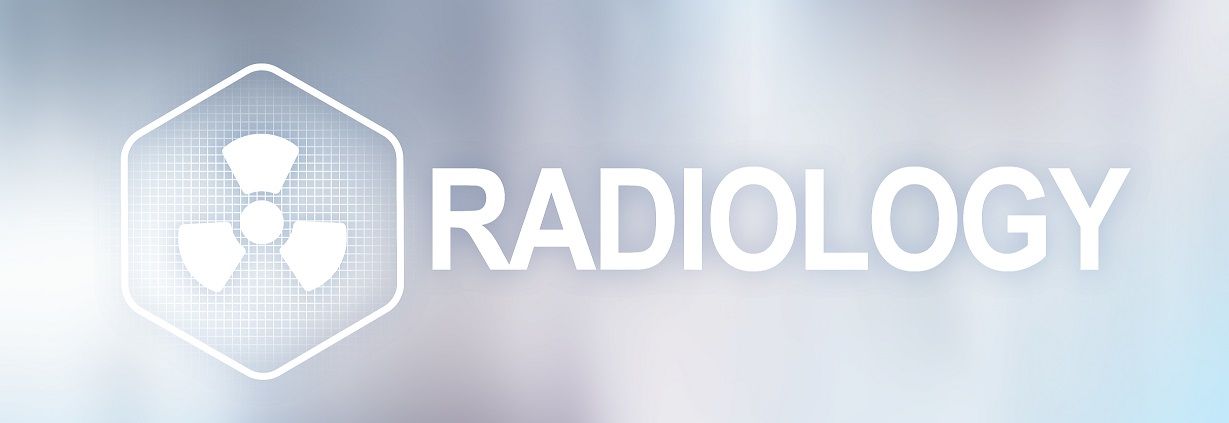Article
Do we need one more test to diagnose gout-related CVD?
Author(s):
The suggestion that DECT scans might add to our diagnostic ability to detect cardiac disease may be imprudent because we have tests at our disposal and have little need to increase diagnostic costs. Good clinical judgement, paying attention to traditional risk factors and to red flags, will increase the number of asymptomatic cardiac patients we choose to study with conventional methods.
(©WrightStudio,AdobeStock_209014169)


Epidemiological, experimental and clinical data show that patients with hyperuricemia are at increased risk of cardiac, renal and vascular damage and cardiovascular events. Uric acid represents the final product of purine metabolism, in humans mainly regulated by the xanthine-oxidoreductase enzyme, which converts hypoxanthine to xanthine and xanthine to uric acid.
Dietary factors may influence serum uric acid, increasing its levels (with meat, seafood, fructose, alcohol and sodium) or decreasing them (with coffee and ascorbic acid). In addition, high cellular turnover conditions, i.e. in neoplastic diseases, may increase uric acid concentration. High uric acid is now believed to be part of syndrome X, also known as metabolic syndrome, which includes high blood pressure, truncal obesity, high triglycerides and glucose intolerance.
The association of gout to cardiovascular disease has been suspected for at least 100 years. The work of Haig and Mohamad in the late 1880 linked high uric acid concentrations to hypertension. In his 1897 presidential address to the American Medical Association, Dr. Davis wrote “ The association of high uric acid to high blood tension is due to uric acid and other toxic substances which increases pressure in the renal arterioles.” This was speculative and based upon autopsy findings showing patients who had cardiovascular disease often had depositions of uric acid in their kidneys.
Over the fifty years the association was largely forgotten largely because no causation could be explained, and no large studies were conducted. Furthermore, there was little interest in uric acid because there was no way to successfully alter it. Sir William Osler reported that gout in the great toe could be cured by removing the toe. 3 Popular treatments for gout included barley, milk and morphine. Interest renewed in the late fifties and a multitude of epidemiologic evidence and animal experiments accumulated linking uric acid to cardiovascular disease as well as dementia, atherosclerosis, preeclampsia, diabetes and stroke. As previously mentioned, the association of uric acid to other known risk factors made it difficult to sort out causation.
The current paper published in JAMA Cardiology, “Duel Energy Computed Tomography Detection of Cardiovascular Monosodium Urate Deposits in Patients with Gout” by Sylvia Strobl, M.D., of Medical University Innsbruck in Austria, adds more evidence that there is a link but fails to prove causation. In this trial, patients with gout were scanned with duel energy computed tomography (DECT) looking for coronary deposits of Monosodium deposits in coronary arteries. Previous studies using DECT had failed to show whether tissue levels of uric acid in the arms and legs was associated with cardiovascular risk. In this study, DECT scans showed monosodium deposits in the coronary arties of gout patients and much higher levels than controls, and then correlated then to coronary calcium scores. In patients with high DECT scores, calcium score were higher.
RELATED: New Data Demonstrates Link Between Gout and Cardiovascular Disease
The authors suggest that DECT scans be done to screen for cardiovascular disease. There are dozens of conditions that have an epidemiologic association to cardiovascular disease. These include having horizontal ear lobe creases, being a woman who is divorced, gallbladder disease, kidney stones, high urinary protein to creatine ratio, insomnia, erectile dysfunction and depression.
In the clinical world we note these “red flags” and may prompt us to look beyond traditional risk factors to see if a person may have asymptomatic coronary disease. In the past 30 years the risk from dying from heart attack has decreased in men by an estimated 21% and 13% in women. Yet, cardiovascular disease remains the number one killer of Americans. Our goal is to find people with cardiovascular disease who have escaped detection, and “red flags” may help us identify more people at risk.
The JAMA Cardiology study is interesting but adds little to explain causation between high uric acid and cardiac disease. The suggestion that DECT scans might add to our diagnostic ability to detect cardiac disease may be imprudent because we have tests at our disposal and have little need to increase diagnostic costs. Good clinical judgement, paying attention to traditional risk factors and to red flags, will increase the number of asymptomatic cardiac patients we choose to study with conventional methods. I don’t think DECT scanning adds much.
REFERENCE: Klauser AS, Halpern EJ, Strobl S, Gruber J, Feuchtner G, Bellmann-Weiler R, Weiss G, Stofferin H, Jaschke W. "Dual-Energy Computed Tomography Detection of Cardiovascular Monosodium Urate Deposits in Patients With Gout." JAMA Cardiology. 2019 Sep 11. doi: 10.1001/jamacardio.2019.3201. [Epub ahead of print]
2 Commerce Drive
Cranbury, NJ 08512
All rights reserved.




